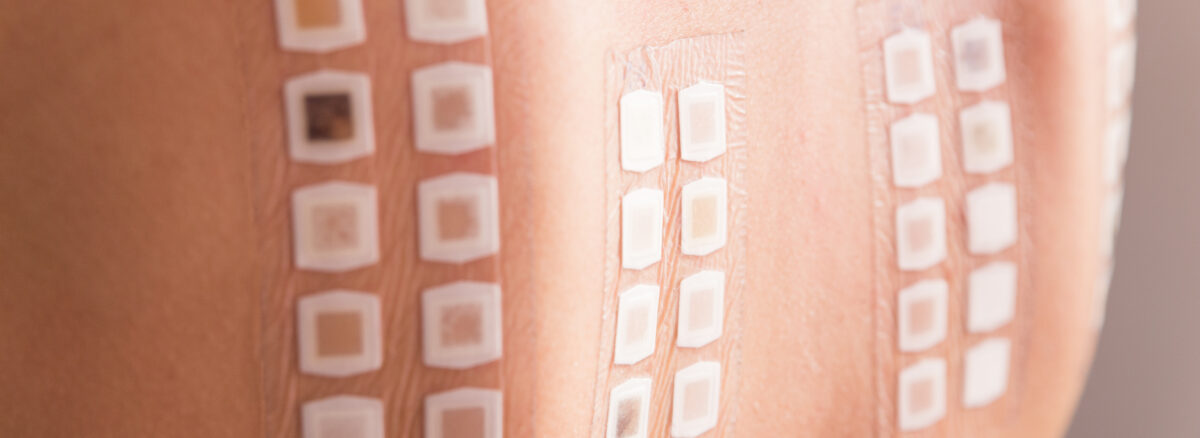Understanding Patch Tests for Contact Dermatitis Diagnosis
Contact dermatitis is a skin reaction that occurs when the skin comes into contact with an allergen or irritant, leading to symptoms such as redness, itching, and blistering. To diagnose this condition, one of the key tools used by healthcare professionals is the patch test.
What is a Patch Test?
A patch test is a method used to identify the specific substance causing contact dermatitis. During the test, small amounts of potential allergens are applied to patches, which are then placed on the skin, typically on the back. These patches are left in place for 48 hours, and the skin is then observed for signs of a reaction.
How is a Patch Test Performed?
The process is straightforward:
- A medical professional cleans the skin where the patches will be placed.
- The patches, each containing a different potential allergen, are applied.
- After 48 hours, the patches are removed to check for reactions.
- Another reading may be taken after a further 24 to 48 hours to check for delayed reactions.
Why are Patch Tests Important?
Patch tests are crucial because they can pinpoint the exact cause of contact dermatitis, allowing you to avoid the allergen in the future. This can be particularly helpful for people who have chronic or severe dermatitis and are unable to determine the cause of their symptoms.
What to Expect After a Patch Test?
If you’re allergic to one of the substances tested, you’ll develop a red, raised, itchy bump that may resemble a mosquito bite. The doctor will be able to identify the allergen causing the reaction, and you can then take steps to avoid it.
Risks of Patch Testing
Patch tests are generally safe, with the most common side effect being a temporary itching or burning at the test site. Rarely, a severe skin reaction can occur. If you have a strong reaction to a patch test, the skin may remain red, swollen, and itchy for several days.
Patch tests are an effective diagnostic tool for contact dermatitis, providing valuable information that can help manage and prevent future allergic reactions. If you suspect that you have contact dermatitis, talk to your healthcare provider about whether a patch test is right for you. With proper testing and identification of allergens, you can take control of your contact dermatitis and reduce your exposure to the substances that trigger your symptoms.


